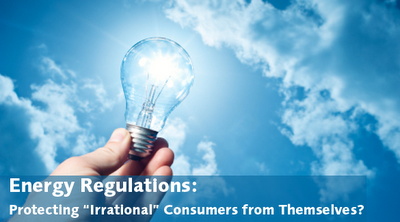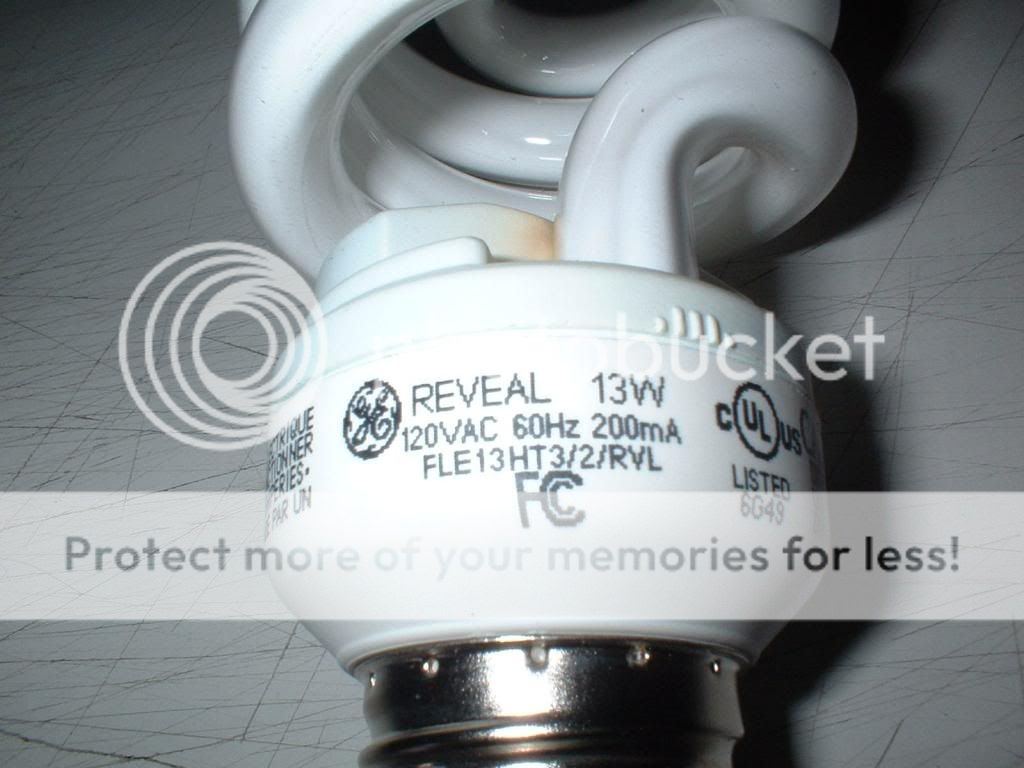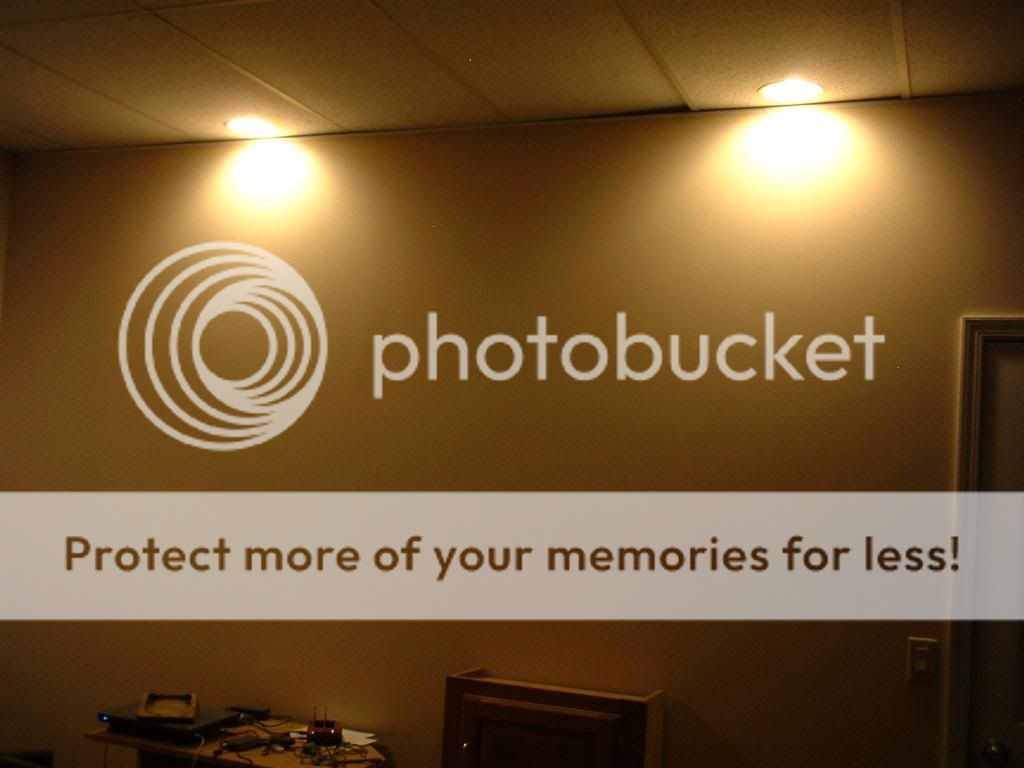
 1
1








paul wheaton wrote:
My brand new video that spends a fair bit of time on CFL brightness comparison
http://www.youtube.com/watch?v=3gjvOOlHmsU





Just call me Uncle Rice.
17 years in a straw bale house.

























My books, movies, videos, podcasts, events ... the big collection of paul wheaton stuff!








R Hasting wrote:And now, more test to show that CFLs are BAD for us...
See the original article here.




Austin Shackles : email anshackles"at"gmail.com.
















Success has a Thousand Fathers , Failure is an Orphan
LOOK AT THE " SIMILAR THREADS " BELOW !




Check out the journey on creating a forest garden and living in an urban homestead at My Ky Homestead it's a work in progress.




"If you want to save the environment, build a city worth living in." - Wendell Berry




"If you want to save the environment, build a city worth living in." - Wendell Berry




Check out the journey on creating a forest garden and living in an urban homestead at My Ky Homestead it's a work in progress.





I Visited Permies.Com Today and learned something New (ಠ‿ಠ)




I Visited Permies.Com Today and learned something New (ಠ‿ಠ)




Check out the journey on creating a forest garden and living in an urban homestead at My Ky Homestead it's a work in progress.
 1
1




I Visited Permies.Com Today and learned something New (ಠ‿ಠ)









I Visited Permies.Com Today and learned something New (ಠ‿ಠ)








My books, movies, videos, podcasts, events ... the big collection of paul wheaton stuff!






 2
2





QuickBooks set up and Bookkeeping for Small Businesses and Farms - jocelyncampbell.com










The technology involved has potential for many other applications besides light bulbs, Soljačić says. The same approach could “have dramatic implications” for the performance of energy-conversion schemes such as thermo-photovoltaics. In a thermo-photovoltaic device, heat from an external source (chemical, solar, etc.) makes a material glow, causing it to emit light that is converted into electricity by a photovoltaic absorber.
QuickBooks set up and Bookkeeping for Small Businesses and Farms - jocelyncampbell.com








My books, movies, videos, podcasts, events ... the big collection of paul wheaton stuff!




We really don't know how much we don't know.




My books, movies, videos, podcasts, events ... the big collection of paul wheaton stuff!
 1
1




Scott H.
Check out my house project!




We really don't know how much we don't know.




I don't know how much faith I would put in a website that is trying to sell me a software app to counter blue wavelength light since that filtering is available for free on my phone and computer. I have been using the full spectrum "daylight" LED at home. I like their more balanced colours can't quantify any difference for me.S Haze wrote:Since this experiment began I think the understanding of how artificial light and its parameters like wavelength and flicker rate affect us has come a long way! The image is one I've seen before and sums up why CFLS especially might be not-so-good for us as biological organisms. The webpage I pulled it from seems fairly comprehensive and legit too.
https://iristech.co/blue-light-filters-ultimate-guide/

|
Don't sweat petty things, or pet sweaty things. But cuddle this tiny ad:
12 DVDs bundle
https://permies.com/wiki/269050/DVDs-bundle
|






